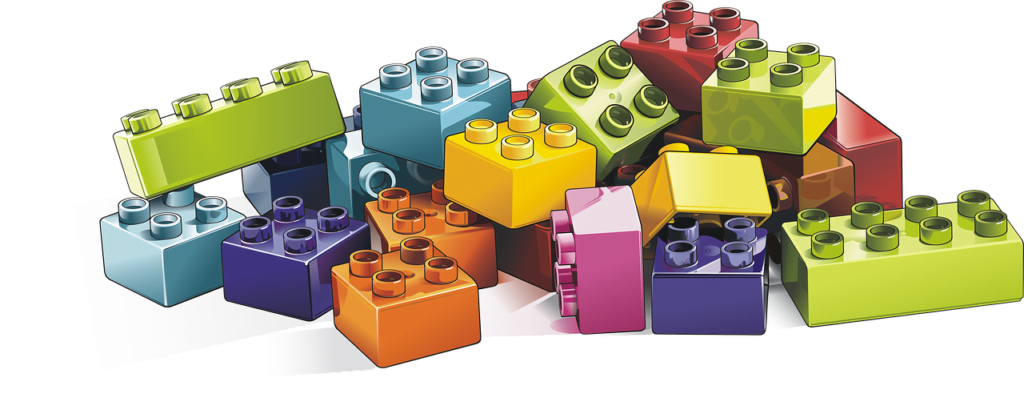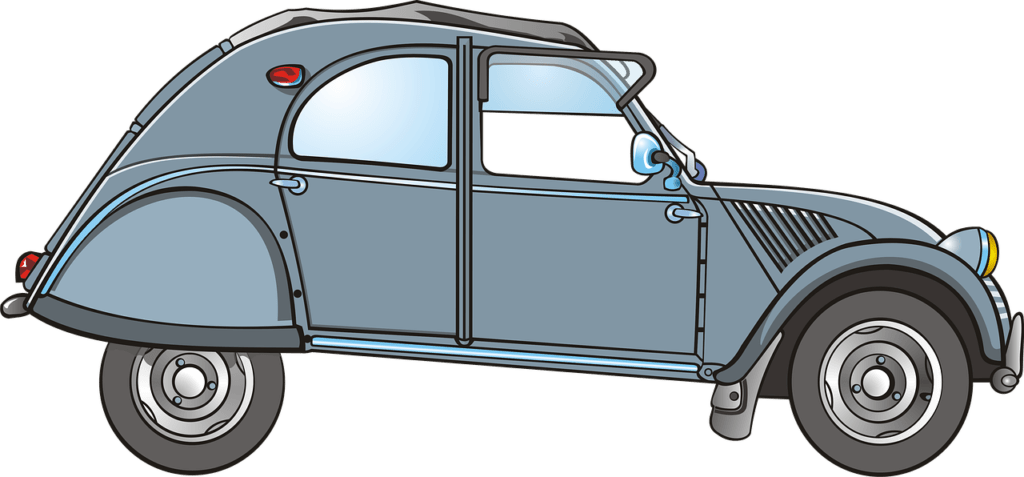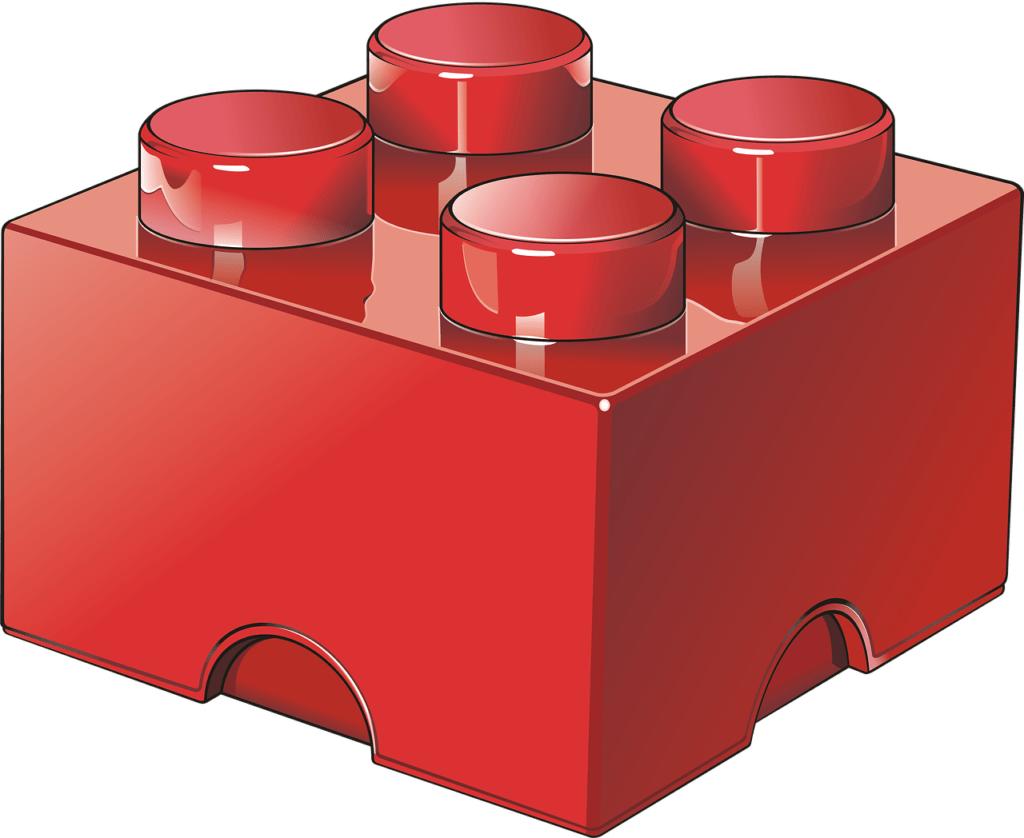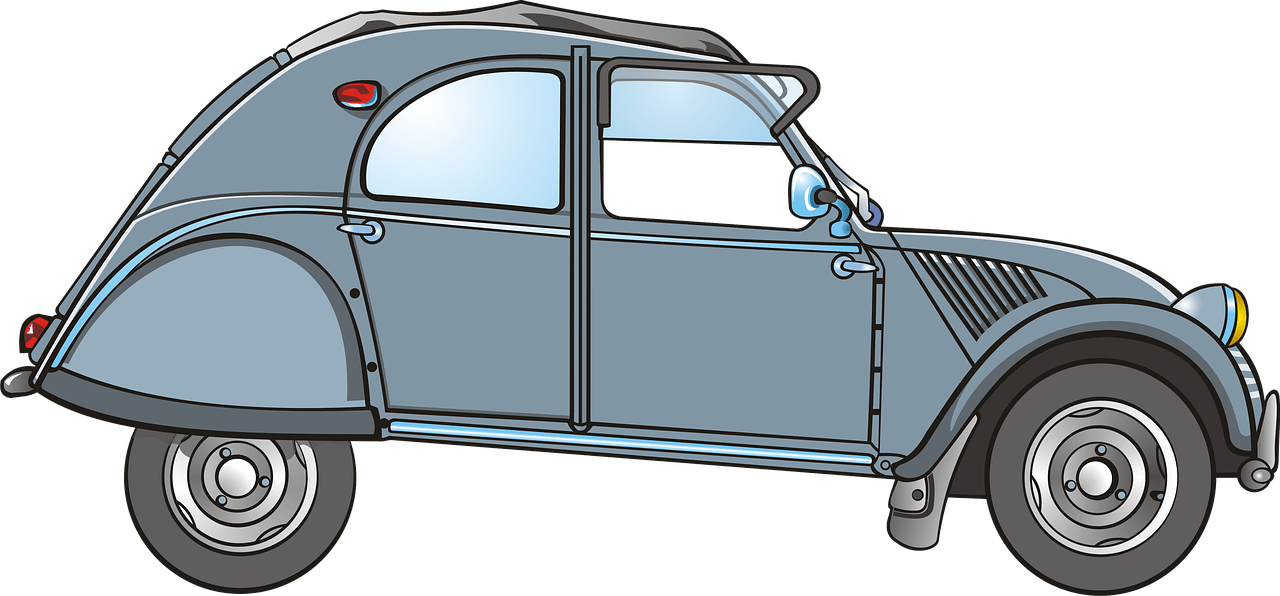If you’ve ever wanted to take your illustrations to the next level, understanding how to use brushes and symbols in Adobe Illustrator is essential. Brushes and symbols can add depth, texture, and complexity to your artwork, allowing you to create stunning visuals that captivate your audience. In this article, we’ll explore the world of brushes and symbols in Illustrator, discussing their versatility, usability, and how they can enhance your illustrations. From selecting the perfect brush to customizing and saving your own symbols, we’ll provide you with the knowledge and tools you need to elevate your artwork and unlock your creative potential in Illustrator. So, let’s dive in and discover the exciting possibilities that brushes and symbols have to offer!

Understanding Brushes in Illustrator
Illustrator offers a wide range of brushes that can be used to enhance your artwork and bring it to life. Brushes allow you to add texture, depth, and detail to your illustrations. There are several types of brushes available in Illustrator, each with its own unique characteristics.
Types of brushes
Calligraphic brushes: These brushes mimic the look of calligraphy and can be used to create elegant and flowing lines.
Scatter brushes: Scatter brushes create a scattered pattern of objects along a path, allowing you to add random and organic elements to your artwork.
Art brushes: Art brushes are based on a piece of artwork that repeats along a path. They are great for creating realistic-looking strokes like grass, fur, or water.
Pattern brushes: Pattern brushes are made up of a tiled pattern that repeats along a path, allowing you to create intricate designs and borders.
Using the Brush tool
To use brushes in Illustrator, start by selecting the Brush tool from the toolbar. Then, choose the desired brush from the brush panel. You can adjust the size, angle, and opacity of the brush using the options in the control panel.
Modifying brush settings
Illustrator allows you to modify the settings of your brushes to suit your needs. You can adjust the brush size, angle, and roundness, as well as change the color, opacity, and blending mode. Experiment with these settings to create unique brush strokes and effects.
Creating and saving custom brushes
If the built-in brushes in Illustrator don’t meet your needs, you can create your own custom brushes. You can use any shape or artwork as a brush, and even modify existing brushes to create new ones. Once you have created a custom brush, you can save it for future use in the brush libraries.
Exploring Symbols in Illustrator
Symbols in Illustrator are reusable artwork elements that can save you time and effort when working on complex illustrations. They allow you to create instances of the same artwork throughout your document, making it easy to apply changes and maintain consistency.
Understanding symbols
Symbols are like stamps that can be placed multiple times in your document. Each instance of a symbol is linked to the original artwork, so any edits made to the symbol will automatically be applied to all instances.
Using the Symbol Sprayer tool
The Symbol Sprayer tool is a powerful tool that allows you to paint multiple instances of a symbol onto your artwork. Simply select the Symbol Sprayer tool from the toolbar, choose the desired symbol from the Symbol panel, and start spraying it onto your artwork. You can control the density of the spray, the size and rotation of the symbols, and even warp the symbols for more creative effects.
Modifying symbol instances
Once you have placed symbols on your artwork, you can easily modify them using the Direct Selection tool or the Symbolism Tools. You can transform, scale, rotate, and skew symbol instances, as well as change their color, opacity, and blending mode.
Creating and saving custom symbols
Just like brushes, Illustrator allows you to create your own custom symbols. You can convert any artwork into a symbol and save it in the Symbol libraries for future use. Custom symbols can be a great way to add your own personal touch to your illustrations and make them more unique.

Using Brushes in Illustrator
Now that you have a good understanding of brushes and symbols in Illustrator, let’s dive into how you can use them effectively in your illustrations.
Selecting and applying brushes
To select a brush, simply click on the brush in the Brush panel. Once you have selected a brush, you can apply it to your artwork by using the Brush tool and painting on the canvas. You can experiment with different brushes to achieve different textures and effects.
Adjusting brush size and opacity
To adjust the size of a brush, you can use the Size slider in the control panel or simply press the square bracket keys ([ and ]) on your keyboard. Similarly, you can adjust the opacity of a brush using the Opacity slider in the control panel or by pressing the number keys on your keyboard.
Changing brush color
You can change the color of a brush by selecting a new color from the Swatches panel or the Color panel. By default, brushes will take on the color of the stroke or fill of your artwork. However, you can also change the color of a brush independently using the Color panel.
Creating varied brush strokes
To create more varied brush strokes, you can experiment with different settings such as pressure sensitivity, scatter, and rotation. These settings can be adjusted in the Brush Options dialog box. Play around with these settings to achieve different effects and make your illustrations more dynamic and interesting.
Working with Brush Libraries
Illustrator comes with a range of pre-defined brush libraries that you can access and use in your illustrations. These brush libraries contain a variety of brushes that are organized into categories for easy navigation.
Accessing brush libraries
To access the brush libraries, go to the Brushes panel and click on the library icon at the bottom. This will open a drop-down menu that displays all the available brush libraries. Simply click on a library to load it.
Importing and organizing brush libraries
In addition to the pre-defined brush libraries, you can also import and organize your own brush libraries. To import a brush library, go to the Brushes panel, click on the library icon, and select “Other Library”. Then, navigate to the location where the brush library file is saved and click Open. You can also organize your brush libraries by creating folders and dragging and dropping the brush libraries into them.
Using pre-defined brush libraries
Once you have loaded a brush library, you can start using the brushes in your illustrations. Simply select a brush from the library and apply it to your artwork using the Brush tool. You can also modify the settings of the brushes to achieve different effects.

Creating Custom Brushes
While the pre-defined brushes in Illustrator are great, creating your own custom brushes can take your illustrations to the next level. Custom brushes allow you to add your own unique touch and style to your artwork.
Using shape and path as brushes
To create a custom brush, you can use any shape or path in Illustrator. Simply select the shape or path, go to the Brushes panel, and click on the New Brush button. This will open the New Brush dialog box, where you can choose the type of brush you want to create.
Converting artwork into brushes
You can also convert artwork into brushes. This is a great way to create brushes that match your specific needs. To do this, select the artwork you want to convert, go to the Brushes panel, and click on the New Brush button. In the New Brush dialog box, choose the type of brush you want to create and adjust the settings to achieve the desired effect.
Applying artistic brushes
Artistic brushes are a type of custom brush that can be used to create realistic-looking strokes like grass, fur, or water. To apply an artistic brush, simply select the brush from the Brushes panel and start painting on the canvas with the Brush tool. You can adjust the size, angle, and roundness of the brush to achieve different effects.
Customizing brush settings
Once you have created a custom brush, you can customize its settings to achieve different effects. In the Brushes panel, double-click on the brush to open the Brush Options dialog box. Here, you can adjust the settings such as size, angle, roundness, scatter, and rotation. Play around with these settings to create brushes that suit your specific needs and style.
Understanding Symbols in Illustrator
Symbols in Illustrator are a powerful feature that can save you time and effort when working on complex illustrations. They allow you to create instances of the same artwork throughout your document and make it easy to apply changes and maintain consistency.
What are symbols?
Symbols in Illustrator are reusable artwork elements that can be placed multiple times in your document. Each instance of a symbol is linked to the original artwork, so any edits made to the symbol will automatically be applied to all instances. This makes symbols a great tool for creating repetitive elements in your illustrations.
Advantages of using symbols
There are several advantages to using symbols in Illustrator. Firstly, symbols allow you to create instances of the same artwork without duplicating the artwork itself. This helps reduce file size and makes it easier to manage your illustrations. Secondly, symbols make it easy to apply changes to multiple instances of the same artwork. Instead of having to edit each instance individually, you can simply edit the original symbol and the changes will be applied automatically. Finally, symbols allow you to experiment with different compositions and arrangements without committing to a final design.
Creating symbol instances
To create a symbol instance, simply select the artwork you want to turn into a symbol, go to the Symbols panel, and click on the New Symbol button. This will open the Symbol Options dialog box, where you can adjust the settings for the symbol. Once you have created the symbol, you can place instances of it on your artwork by dragging and dropping it from the Symbols panel.
Editing and updating symbol instances
Once you have placed symbol instances on your artwork, you can easily edit and update them. To edit a symbol instance, simply double-click on it with the Selection tool. This will enter isolation mode, where you can edit the instance without affecting other instances or the original symbol. Any changes you make to the instance will be applied only to that instance. If you want to update all instances of a symbol, simply edit the original symbol in the Symbols panel and the changes will be applied to all instances.
Using Symbol Sprayer Tool
The Symbol Sprayer tool in Illustrator is a powerful tool that allows you to paint multiple instances of a symbol onto your artwork in a random and organic manner.
Applying symbols using Symbol Sprayer tool
To apply symbols using the Symbol Sprayer tool, first select the tool from the toolbar. Then, choose the desired symbol from the Symbols panel. By default, the symbols will be applied in a random manner as you move your cursor over the artwork. You can adjust the density of the spray by using the keyboard shortcuts “[” and “]” or by using the Density slider in the control panel.
Modifying symbol spray density
To modify the density of the symbol spray, you can use the keyboard shortcuts “[” and “]” or adjust the Density slider in the control panel. Increasing the density will result in more symbols being sprayed, while decreasing the density will result in fewer symbols.
Adjusting symbol size and rotation
By default, the Symbol Sprayer tool sprays symbols at their original size and rotation. However, you can adjust the size and rotation of the symbols by holding down the Alt key (Option key on a Mac) and dragging your cursor. This will resize and rotate the symbols as you spray them.
Clearing symbols
If you want to remove all the symbol instances from your artwork, simply click on the Clear button in the control panel or press the Escape key. This will clear all the symbols and allow you to start fresh.
Modifying Symbol Instances
Once you have placed symbol instances on your artwork, you can easily modify them to suit your needs. Illustrator offers several tools and techniques for transforming, changing attributes, and applying effects to symbol instances.
Transforming symbol instances
To transform symbol instances, you can use the Transform tools in Illustrator such as the Scale tool, Rotate tool, and Shear tool. Simply select the symbol instances you want to transform, choose the desired Transform tool, and modify the instances as desired.
Changing symbol attributes
Symbol attributes such as color, opacity, and blending mode can be easily changed for each instance. Simply select the symbol instance you want to modify, go to the Appearance panel, and adjust the desired attributes. This allows you to create variations and add different effects to each instance of the symbol.
Applying effects to symbol instances
In addition to changing attributes, you can also apply various effects to symbol instances. For example, you can apply a drop shadow, a Gaussian blur, or a gradient to a symbol instance. To apply an effect, select the symbol instance, go to the Effect menu, and choose the desired effect from the list. Play around with different effects to achieve the desired look for your symbol instances.
Creating Custom Symbols
While Illustrator provides a range of pre-defined symbols, creating your own custom symbols can add a unique touch to your illustrations.
Converting artwork into symbols
To create a custom symbol, select the artwork you want to convert into a symbol, go to the Symbols panel, and click on the New Symbol button. This will open the Symbol Options dialog box, where you can adjust the settings for the symbol. Once you have created the symbol, you can place instances of it on your artwork by dragging and dropping it from the Symbols panel.
Organizing and saving custom symbols
To organize your custom symbols, you can create folders in the Symbols panel and drag and drop the symbols into them. This makes it easier to locate and access your custom symbols. You can also save your custom symbols as symbol libraries for future use.
Applying symbol libraries
Symbol libraries are collections of symbols that you can access and use in your illustrations. Illustrator comes with a range of pre-defined symbol libraries that you can use. To access a symbol library, go to the Symbols panel and click on the library icon at the bottom. This will open a drop-down menu that displays all the available symbol libraries. Simply click on a library to load it.
Using Brushes and Symbols for Illustration
Now that you have a good understanding of brushes and symbols in Illustrator, let’s explore how you can use them together to create textured and detailed illustrations.
Creating textured and detailed illustrations using brushes
Brushes can be used to add texture, depth, and detail to your illustrations. They can be used to create realistic-looking strokes, add shading and highlights, or create intricate patterns and designs. By experimenting with different brushes and settings, you can create illustrations that are visually rich and engaging.
Designing dynamic and scalable illustrations with symbols
Symbols are great for creating repetitive elements in your illustrations, such as trees, flowers, or buildings. They allow you to easily apply changes to multiple instances of the same artwork, making it easy to maintain consistency and save time. Furthermore, symbols are scalable, which means you can resize them without losing any quality. This makes symbols a great tool for creating dynamic and scalable illustrations.
In conclusion, brushes and symbols in Illustrator are powerful tools that can enhance your illustrations and make them more visually appealing. By understanding the different types of brushes and how to use them effectively, as well as harnessing the power of symbols, you can take your illustrations to the next level. Experiment with different brushes and symbols, and don’t be afraid to get creative and try new techniques. With practice and exploration, you can create illustrations that are unique, detailed, and visually stunning.

